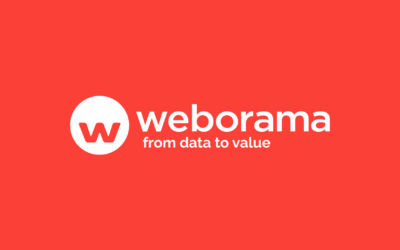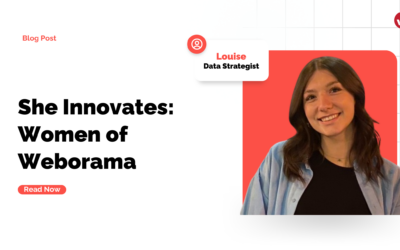In an increasingly complex world, businesses are constantly looking for ways to optimise their communication and marketing strategies. Data collaboration is an innovative and effective solution to these challenges. Using artificial intelligence, this approach not only generates valuable insights, but also maximises the results of advertising campaigns. This article explores how data collaboration, enhanced by AI, is transforming marketing practices.
The challenges of data collaboration
Data collaboration involves pooling data from several companies in a secure and anonymised way. This approach makes it possible to respond to the main challenges facing companies: identifying relevant insights, optimising advertising and marketing activations, improving consumer knowledge and obtaining sufficient reach in a context where third-party cookies are gradually disappearing. However, data collaboration alone is not enough. It needs to be complemented by powerful tools to be truly effective. Finally, it is essential to be able to measure the effectiveness of the strategies put in place to ensure that they generate revenue.
The data clean room and artificial intelligence for data collaboration
The data clean room is a key tool for data collaboration. It enables data from several companies to be cross-referenced, always in a secure and anonymised way. Developed using Snowflake technology, this solution offers two major advantages: scalability, enabling large volumes of data to be managed quickly, and security, thanks to copy-free data exchange functionalities.
The data clean room therefore facilitates the transmission of data. However, to maximise the reach and activation of insights, it is necessary to use artificial intelligence.
Webomind, the semantic AI technology boosted by generative AI developed by Weborama, plays a key role in complementing the existing benefits of the data clean room. It enables us to analyse the behaviour and content consulted by users and identify similar profiles or equivalent content, without using personal identifiers. This approach helps to increase reach and target a greater quantity of content and users.
For example, semantic AI can analyse pages and content read to detect keywords and topics of interest. In this way, it can find content similar to that consulted by target users, increasing reach without requiring explicit consent from each user.
A mixed approach for optimum results
A mixed approach combines behavioural and content analysis to extend the target population and optimise reach. This method takes into account both individuals who have given their consent and products or content that are close to those we are looking for. It makes it possible to reach a greater number of pages and users, thereby improving the performance of advertising campaigns.
The use of data collaboration and AI has produced some very promising results in various sectors. Companies have been able to generate accurate, actionable insights, extend their reach and optimise their marketing actions. For example, one retailer was able to anticipate its customers’ purchases by analysing the transaction history and qualification criteria provided by its partners.
By combining data collaboration and AI, companies can also improve the measurement of their marketing campaigns. This approach provides access to important transactional data and justifies investments by optimising marketing strategies.
Data collaboration boosted by AI therefore represents a major advance in the field of marketing. It provides a response to three challenges: generating actionable insights, extending lead volumes and improving the measurement of marketing actions. By combining data clean room technology with the analytical capabilities of AI, companies can maximise the results of their advertising campaigns and direct marketing strategies.



